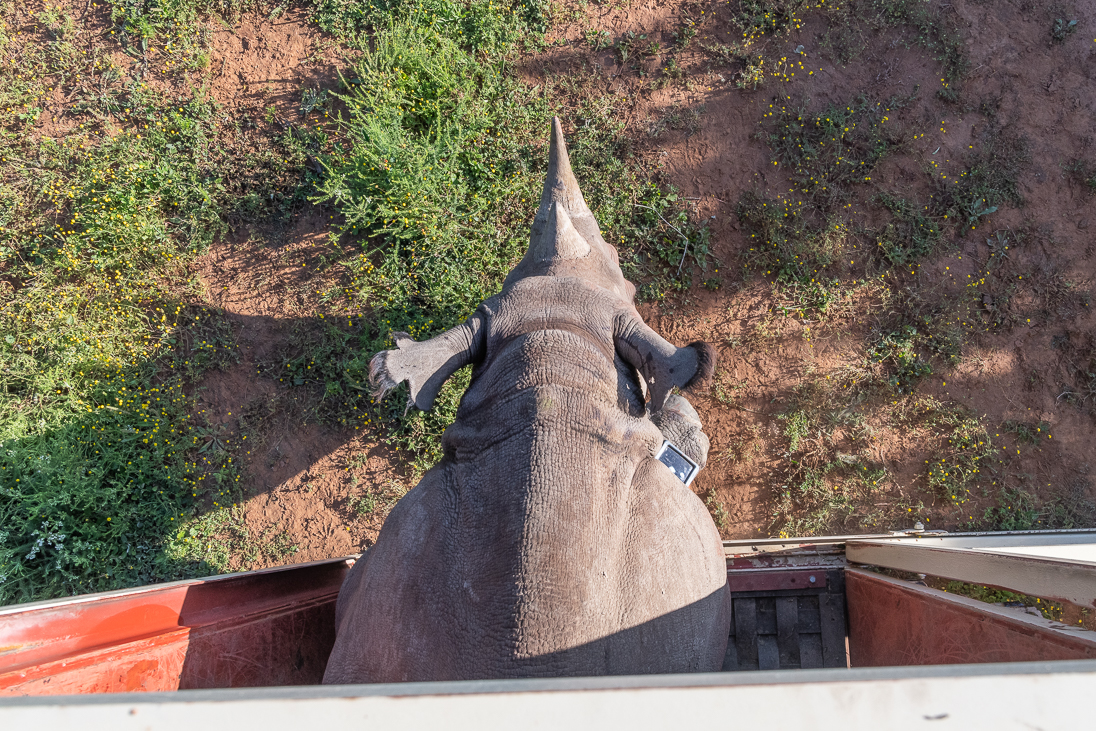The Black Rhino Range Expansion Project (BRREP), which focuses on the range expansion and growth of the critically endangered Black rhino, has recently completed the successful translocation of its 250th rhino.
Since the first rhinos were moved in 2004, the project has translocated 230 rhinos, and the BRREP has just translocated a further 20, bringing the total number to 250. In this instance, the rhinos were captured from a reserve managed by the Eastern Cape Parks and Tourism Agency (ECPTA).
In the past two decades, more than 200 calves have been born on BRREP sites – and the hope is that this latest move will encourage even more successful breeding.
As a result of these and other efforts, Black rhino numbers have more than doubled in the past two decades, from their low point of fewer than 2 500 individuals before the turn of the century, to current estimates of around 6 200 Black rhinos (International Union for the Conservation of Nature figure released in 2022).
These numbers represent a significant proportion of the current global population estimate for Black rhinos and illustrate the importance of a project such as this in pursuing the targets set for the D.B minor species in African rhino range states and in terms of the South African National Biodiversity Management Plan.
BRREP’s work focuses on finding space for the rhinos to breed. When Black rhinos are removed from reserves with existing populations, this helps to relieve pressure and stimulates breeding. The new populations are able to increase their numbers further as they have more space to breed and thrive.
Project Leader Jeff Cooke said: “BRREP continues to be the most effective mechanism for range expansion and, despite its small size and modest budget, has contributed enormously towards securing the remaining habitat and growing the population.
“Current continental population estimates show some positive growth, which is largely due to the increased productivity from newly established sites that are breeding at close to their biological potential. The range expansion model is a critical ingredient in the efforts to save the species and it is hoped that its effects will be magnified as the project starts to benefit from compounded growth.”
Cooke added that this latest milestone would not have been possible without the ongoing support of project partners like Ezemvelo KZN Wildlife and ECPTA. Also vital to the success of this endeavour are the forward-thinking private and communal landowners who are committed to the long-term survival of the species. Thanks also goes to World Wildlife Fund Netherlands for its ongoing funding support.
























